Trading faces: how the watch industry defied the odds
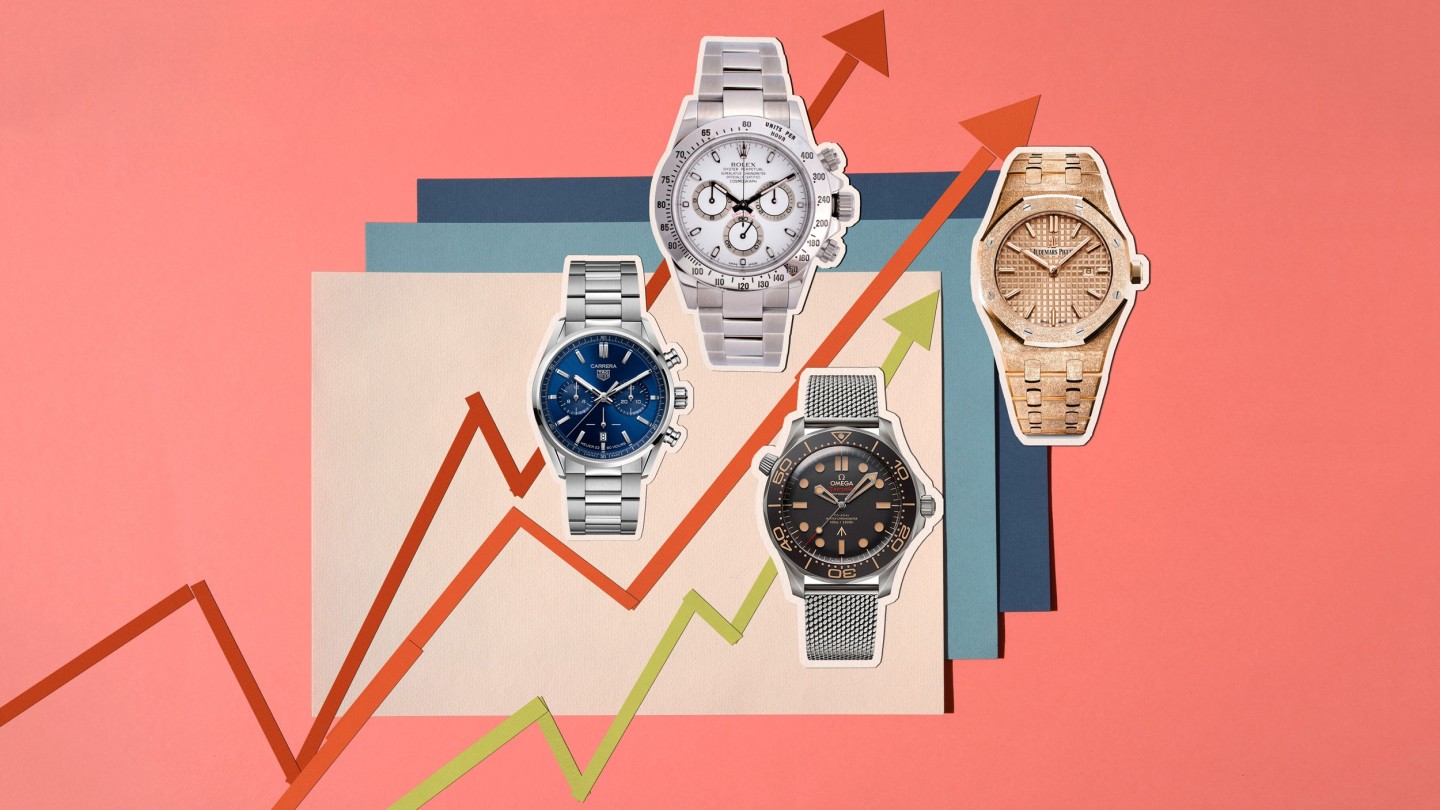
Roula Khalaf, Editor of the FT, selects her favourite stories in this weekly newsletter.
There are clearly human desires so profound that it takes more than a global pandemic and the wholesale changing of our way of life to derail them. For some of us it would seem that the need, the overpowering instinctual need, to buy watches was more potent than other more basic instincts. I read, write, talk, think and daydream rather a lot about watches, but even I was impressed when I heard from Danny Pizzigoni, founder of the vintage and secondary-market dealer Watch Club, that at the height of lockdown he was getting calls from customers desperate to buy and even conducting socially distanced deals in their back gardens.
Manufacturers closed, shops shuttered, travel at a standstill, global lockdowns in place, the thundering hooves of the four horsemen of the Apocalypse clearly audible… and people still wanted to buy watches.
In mid-August the watch industry received some welcome news when shares in the Watches of Switzerland group jumped by 24 per cent. As well as its flagship multibrand retailer Watches of Switzerland, the group comprises Goldsmiths, Mayors and Mappin & Webb, and has expanded across the Atlantic with key sites in Las Vegas and New York’s Hudson Yards.
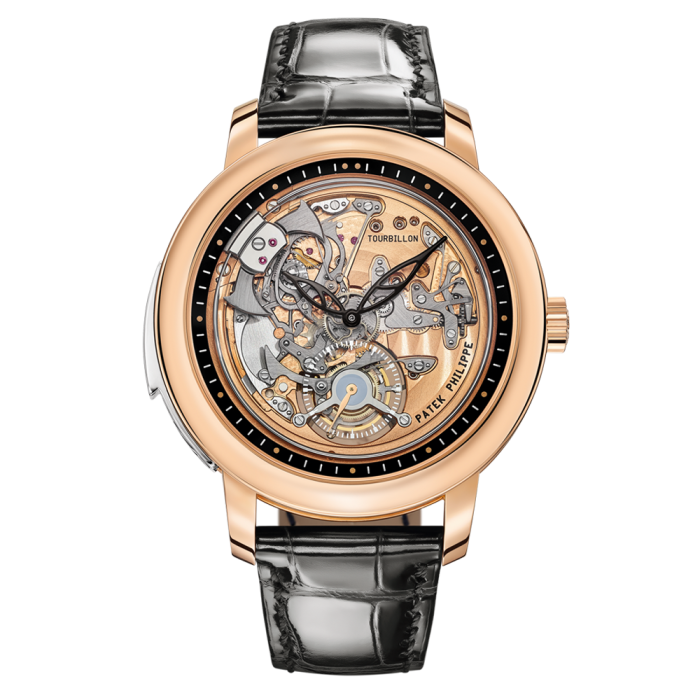
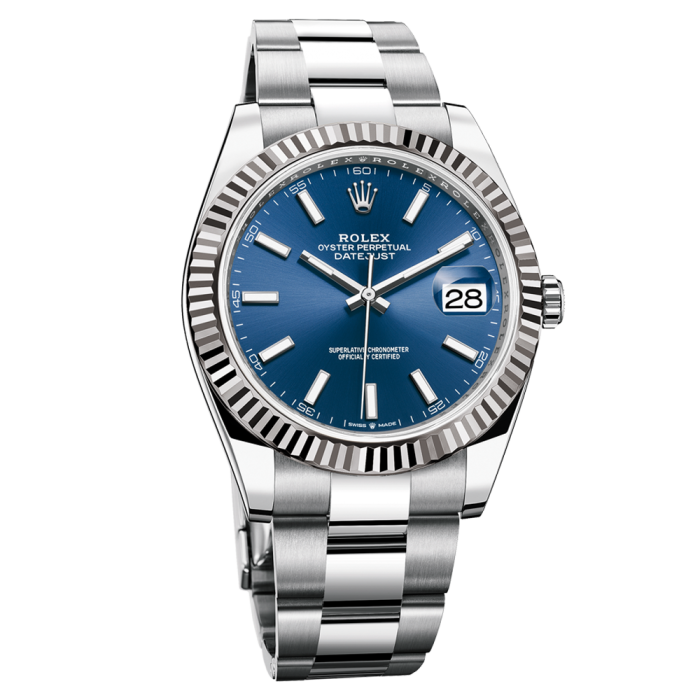
The reason for the dramatic surge in its share price was that, for the three months to the end of July, sales had dropped by 28 per cent. It is a mark of the strangeness of the times we are living through that a drop in sales is rewarded, almost point for point, by a corresponding percentage rise in the value of the company – but under the current circumstances keeping the sales dip below 30 per cent was little short of heroic, a labour of Herculean scale. The group actually rallied to a 7.4 per cent year-on-year increase in July and CEO Brian Duffy expects to be five per cent up at the end of the fiscal year.
The Watches of Switzerland results bear a little unpacking. With stores closed, trading hours slashed and footfall down dramatically, especially at key duty-free airport sites, online sales soared – during lockdown, ecommerce sales almost doubled. Indeed, retailers across the industry became increasingly creative using Zoom (inevitably) and hosting virtual client presentations from swiftly prepared in-store studios.
Particularly telling in the case of Watches of Switzerland is that more than half of the retailer’s turnover is generated by a single brand: Rolex. Although Rolex’s authorised dealers are prohibited from selling online, the company was taking orders on Rolexes throughout lockdown for collection in store once shops reopened. As a result, the existing waiting lists for trophy models have been expanded to include once-readily available watches, even the Datejust. The frenzy once attached to such pieces as the 2018 steel GMT with Jubilee bracelet and the Cosmograph Daytona now surrounds the brand in general, marking the acceleration of an underlying trend that Singapore-based Michael Tay, group managing director of the leading Asia-Pacific watch retailer The Hour Glass, describes as the flight to quality.
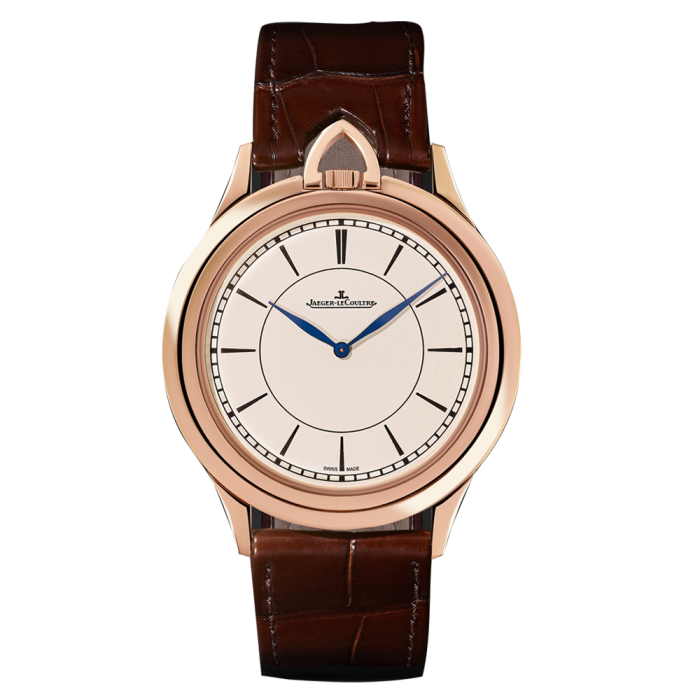
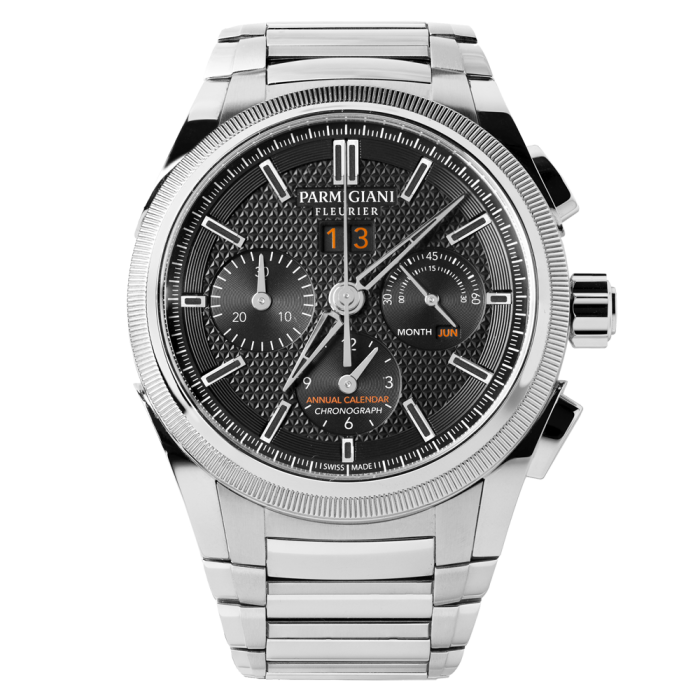
“What was very clear going into this was that the strong brands were going to withstand the shock of Covid,” Tay explains. “Brands such as Rolex and Patek Philippe have gained tremendous ground during this period and it’s really at the expense of everybody else. The consistency of their messaging, the consistency of their business approach and, more importantly, the consistency of their support for their business partners over the decades have led to the desire of their partners to ensure they succeed.”
Tay’s observations bear out what Philippe Stern, the paterfamilias of Patek Philippe, told me earlier this year: trade and customers alike appreciate consistency and quality.
Neither Rolex nor Patek Philippe is precipitous in its actions. It is significant that these twin pillars of the upper end of the market do not sell via ecommerce – although in a bid to help its dealers, Patek did relax its rules for a few weeks at peak lockdown by permitting authorised dealers to sell online (but not to promote online sales).
Nor does either brand have to keep stock markets happy, so they can concentrate on keeping their clients happy instead. There is demand right across the board for Patek’s carefully conceived watches, whether the time-and-date steel Calatrava Ref 6007A released at the beginning of the summer to mark the completion of its new production facility, or the new minute repeater Ref 5303 arriving in stores this autumn.
Brands with authentic watches have suffered less during Covid-19. Demand remains high in primary and secondary markets for the Gérald Genta-designed Royal Oak by Audemars Piguet. Even though the octagonal masterpiece is now heading for its 50th birthday, it continues to define the Le Brassus-based brand and offers a highly recognisable showcase for its expertise in high watchmaking.
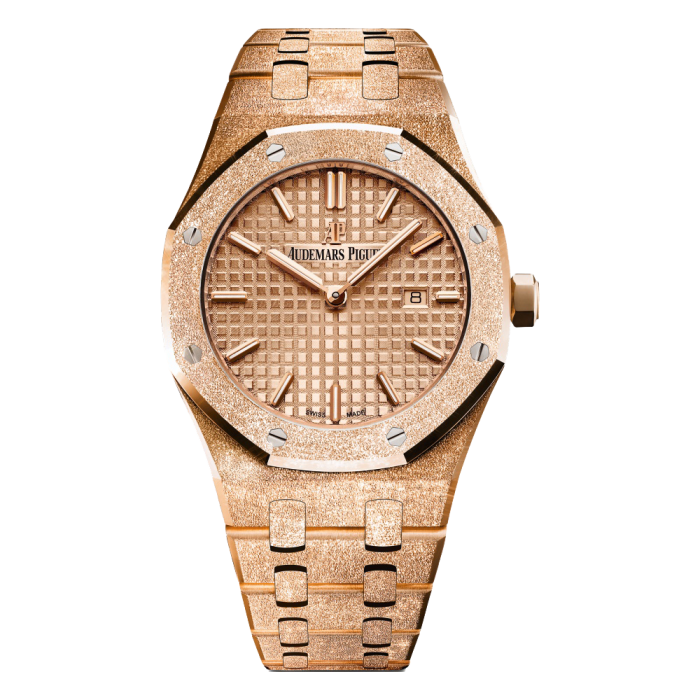
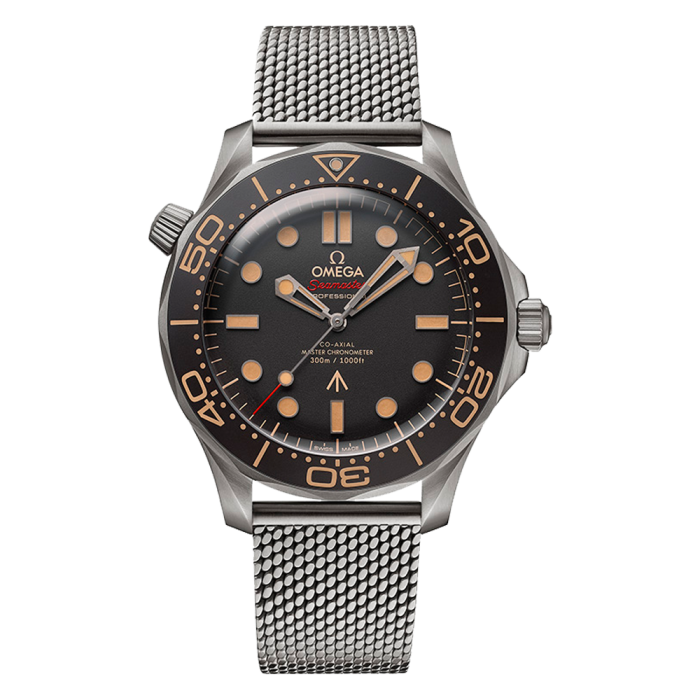
Today, more than ever, the market is characterised by certain hot models. Omega’s Speedmaster shows no sign of slowing down. I have lost count of the number of special and limited editions of the Speedy, but its popularity continues to grow, as does its credibility, due in great part to CEO Raynald Aeschlimann, who has done much to enhance the quality of the product with the demanding and independently administered METAS certification. “People want legitimacy and a watch that has an intrinsic value for them, whether financial or emotional,” says Aeschlimann. “People are less able to go out and show off their watches, so they are looking for more than just the latest thing to wear on the wrist: something with a deeper value, such as the 321 Speedmaster, which we began to deliver in July.”
Omega is also benefiting from having taken a collaborative and proactive position in the development of its Bond watch. Instead of simply placing a product on 007’s wrist, it designed an entirely new piece. When introducing this watch in these pages earlier this year, I observed that it was the sort of thing that did not need a Bond film to sell it, little thinking at the time that this assertion would soon be tested as the spring release of No Time To Die became another Covid casualty. “We have back orders in the thousands, even though the film is six months late: the release date is now 12 November,” says Aeschlimann. “They don’t wait to see the movie; they want the watch now. Demand has been constant.”
A similar sort of intelligent and authentic watchmaker-filmmaker collaboration has taken place at Jaeger-LeCoultre, where the house is presenting an ultra-slim wristwatch connected to the Kingsman franchise, inspired by its 1907 “Couteau” pocket watch. In the Paris of Proust, Boni de Castellane and Robert de Montesquiou, these knife watches – so svelte they almost vanished into thin air when viewed edge-on – were a dandy’s delight. As the next instalment of Kingsman is a prequel, set in the early 20th century, watch-obsessive Matthew Vaughn has seen a chance to revive the model for the wrist with a “bow” and winding crown at 12 o’clock in recognition of its pocket-watch origins.
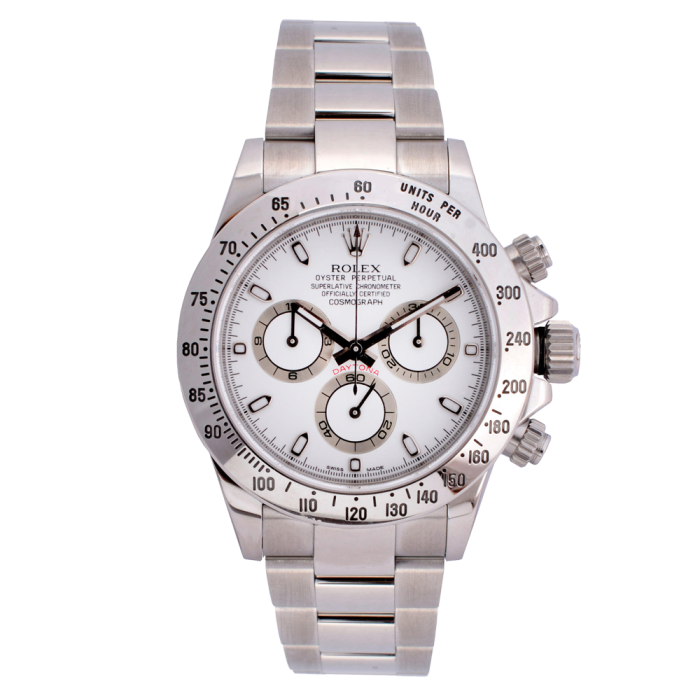
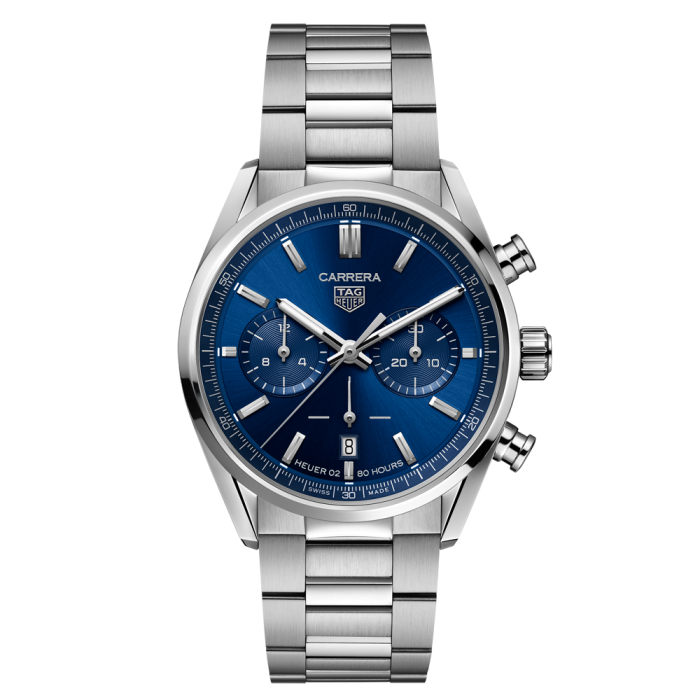
As consumers become more informed and event-led marketing goes on hold, watches created with enthusiasts and sold online (the JLC Kingsman watch was first launched on Mr Porter) have taken on increased significance, particularly as specialist editorial outlets work with manufacturers to create limited editions. Watch magazine website and retailer Revolution recently collaborated with Hanhart watches and The Rake to create a timepiece inspired by the Hanhart Ref 417 Steve McQueen wore during the 1964 ISDT off-road motorcycling trials, which it bundled with a historically correct Belstaff Trialmaster jacket. “Great watches don’t have to come at high prices,” says Revolution founder Wei Koh.
Watches on the market were conceived before Covid struck, but the ones that capture the attention are those that offer authentic watchmaking that is appropriately priced. In my opinion, Jaeger-LeCoultre hit a bullseye when it offered the classic chrono-calendar-moonphase combo in steel. Similarly interesting was Parmigiani Fleurier’s foray into the bracelet sports-watch market with its Tondagraph GT Chronograph annual calendar. For years Parmigiani has been known for high quality and high prices, and now it offers a sensibly priced, complicated steel sports watch with haute horlogerie credentials. “I could not have expected such a response, let alone during Covid,” says CEO Davide Traxler. “I wanted the most popular complication, the chronograph, and the most practical one, the annual calendar, in the most readable fashion with the big date.” A gold version with an integrated chronograph movement and bigger date appeared in September, and Traxler said he has received calls from distributors who have never worked with Parmigiani Fleurier before as a result.
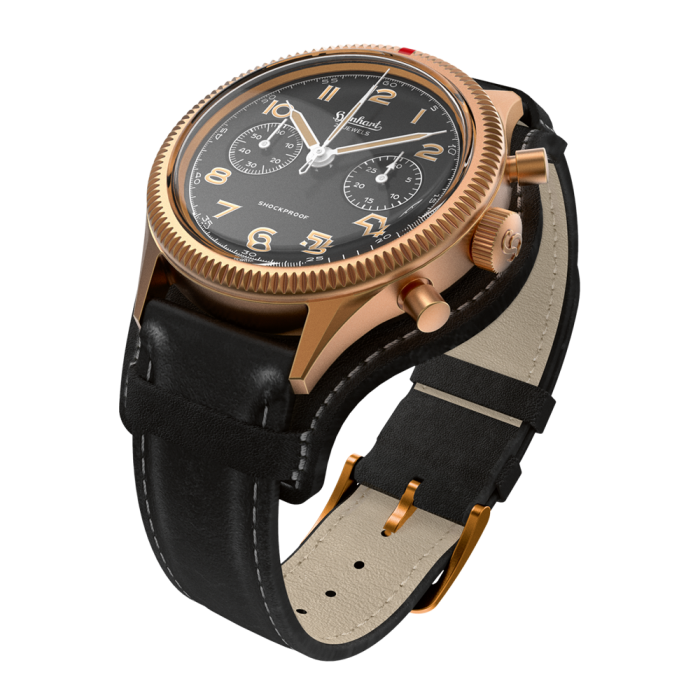
Demand is also high for TAG Heuer’s new smartwatch, launched days before the UK lockdown by the brand’s new CEO Frédéric Arnault, whose appointment in the middle of a global crisis is welcome indication that the Arnault family is serious about its involvement in the watch industry. His launch this autumn of a new Carrera is likely to focus further attention on the brand.
If this all sounds Panglossian in its optimism, do not be deceived. These are far from easy times for the watch industry, even for those brands with strong backers, strong stories, strong retail support and a strong value proposition. But, if the past few months prove anything, it’s that collectors remain passionate.
Comments